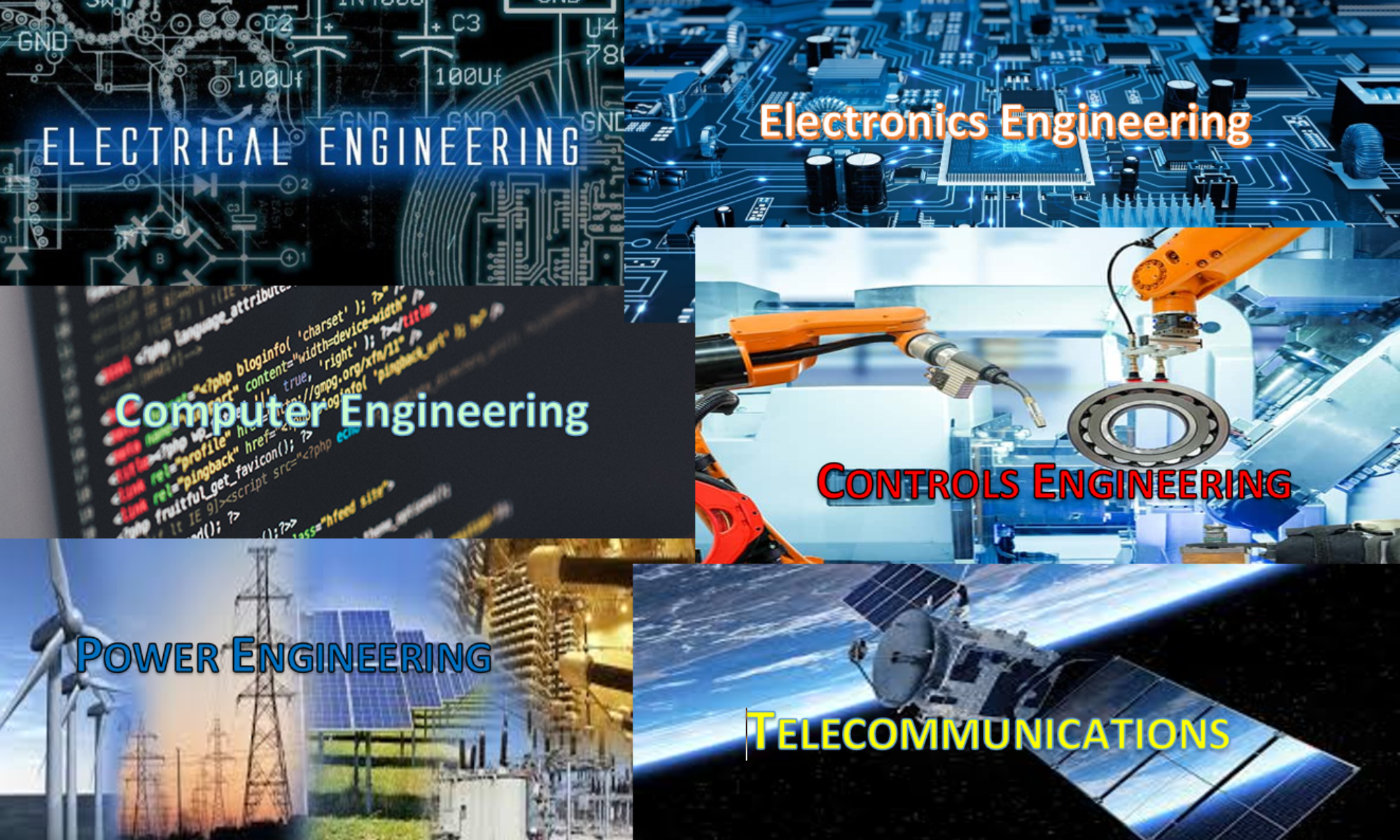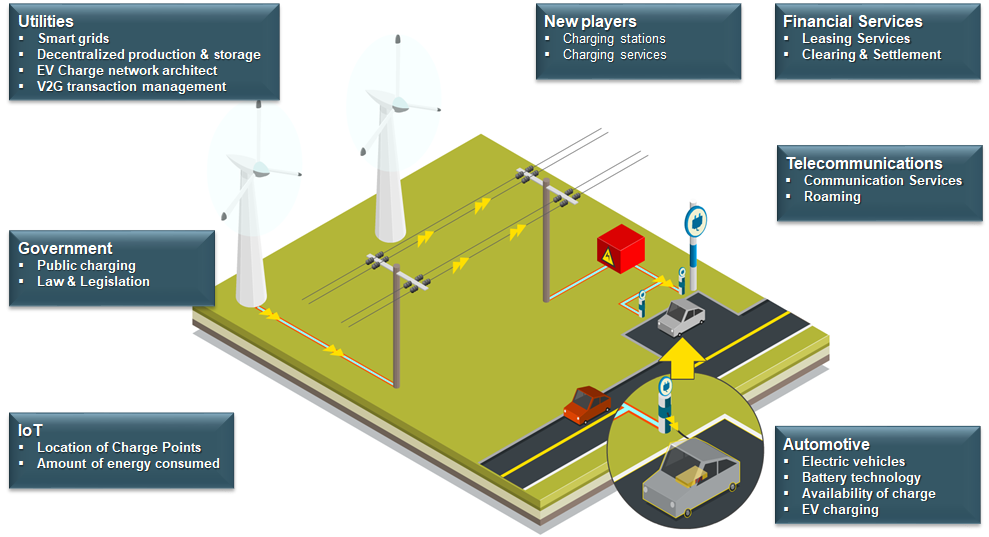T&D World – Will utilities lead, follow, or get out of the way?
The electric vehicle (EV) wave has come ashore. EV penetration is transitioning from its embryonic stage to the market growth stage across many transportation industry segments: cars, light trucks, buses, light commercial vehicles (LCVs), even Class-8 trucks (those more than 33,000 pounds). Although some segments are electrifying faster than others in terms of market penetration, overall this change will be the single most transformative event in the transportation sector since Henry Ford invented automobile assembly-line manufacturing. This change impacts everything — how far vehicles travel before requiring refueling (recharging in this case), the time recharging takes, where and when vehicles recharge — the very nature of replenishing the vehicle’s energy reserves. With this change comes opportunities for a new set of players to enter the marketplace, with the most impacted entity, the electric utility. These new market entrants will also bring new business models into a marketplace that is still evolving and will take some time to mature.
Over the past decade, following significant advances by the European Union (EU), upwards of two dozen investor-owned and municipal utilities in the United States have launched significant EV charging network infrastructure pilots. Initially, state governments drove these initiatives to achieve aggressive carbon reduction targets, but now EV charging capability is rapidly expanding into a national priority.

